15 amazing things to do in Sapa tour that you should not miss

Sapa is a highland district of Lao Cai Province, possessing many wonders of natural beauty. Let Inspitrip guide you to discovering the perfect harmony between nature and people in this land through amazing activities in our Sapa tour.
1. Conquer the top of Fansipan – The roof of Indochina
Fansipan is the highest mountain of the Indochinese Peninsula (3,143 m), located in the heart of Hoang Lien Son Range, about 9 km to the southwest of Sapa town. On the way to the top of the mountain, visitors will see its diverse flora and fauna system. This area has many Hoang Lien, which is a plant of the ranunculaceae family, as long been used in folk medicine by locals. You will also see many birds and wild animals such as bears, monkeys, chamois, birds...
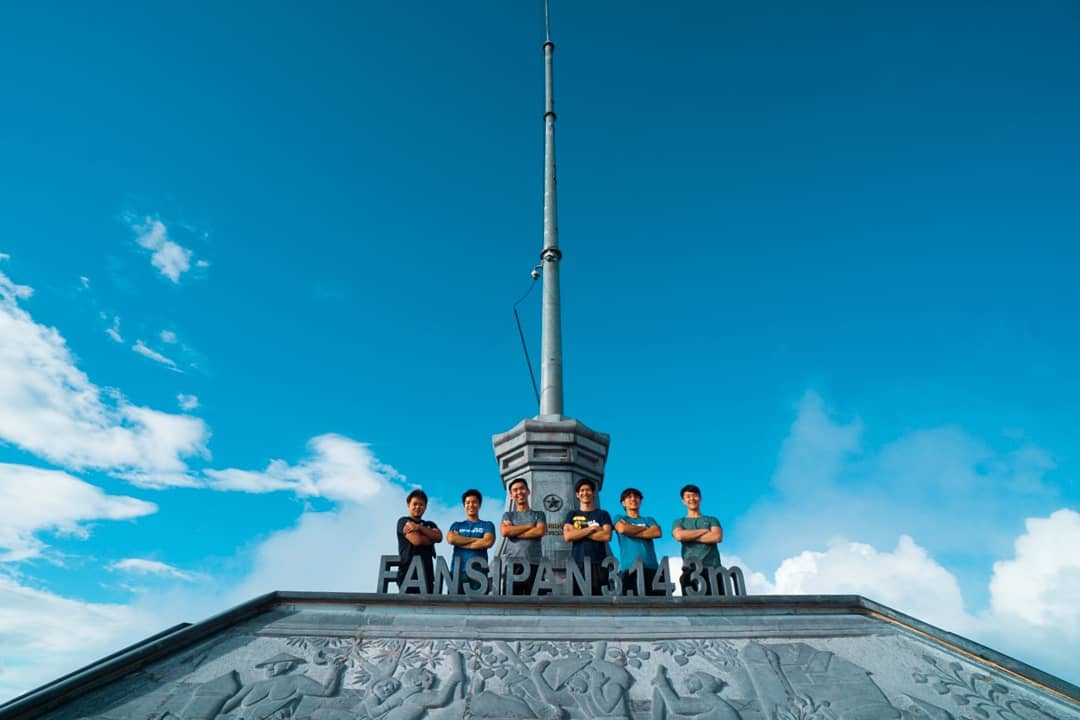
If not guided by native or tour guides, you can choose to take the cable car. The Fansipan cable car has been in operation since the beginning of 2016, helping thousands of visitors travel to Fansipan peak with convenience and safety. It has been awarded two Guinness World Records for the following: Three-wire cable with the longest distances between terminals and The world's longest three-wire cable (6292.5m). The time to conquer Fansipan peak has since been shortened from 2 days to only 15 minutes.
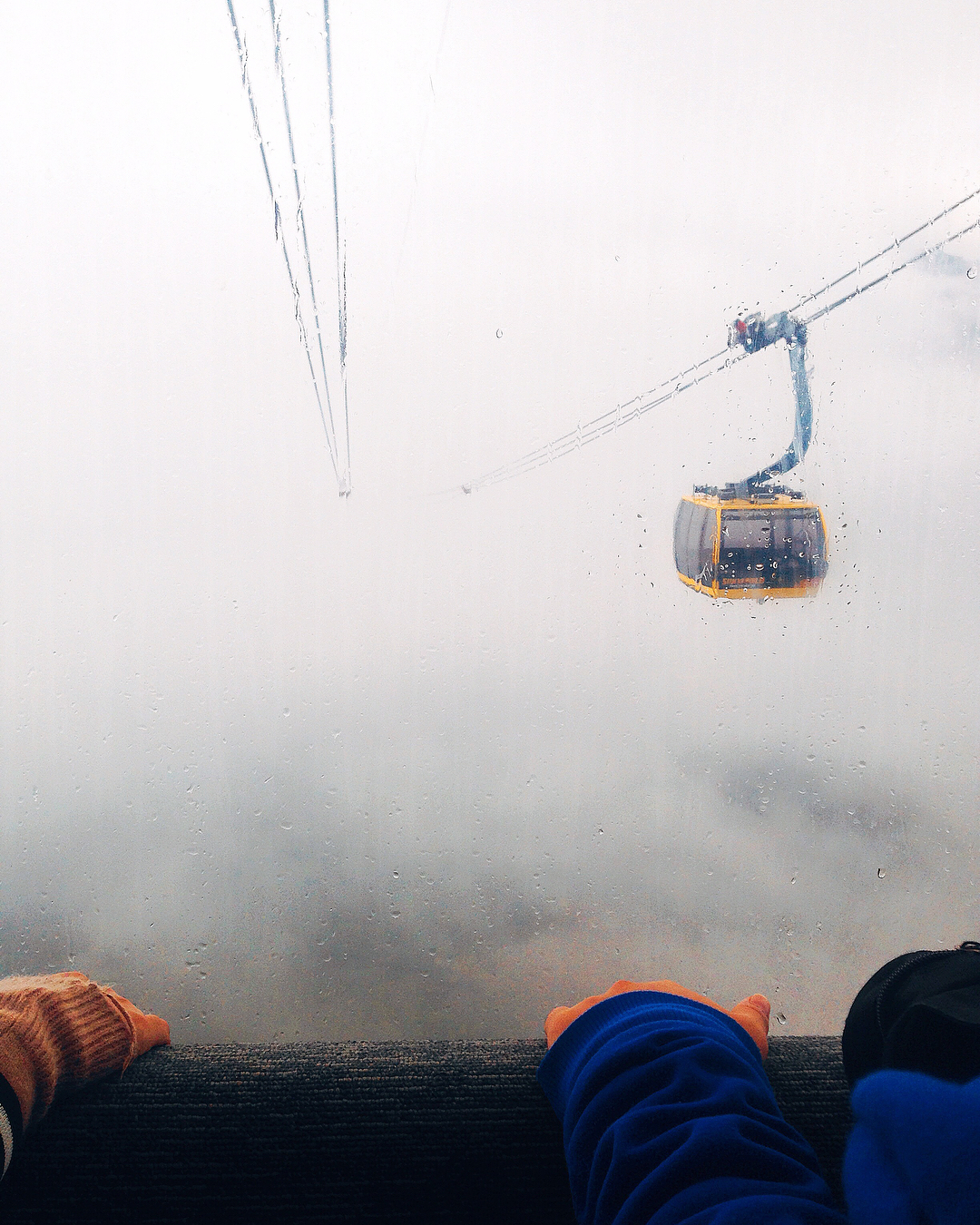
2. Visit Thac Bac (Silver Falls) and Thac Tinh Yeu (Love Falls)
From Sapa town, go west about 11 km towards Lai Chau and you’ll come across the Silver Falls flowing from a height of over 100m into the stream below the O Quy Ho valley. However, avoid the dry season if you are trying to see this spectacle. From there, travelers can move 3 km further from Silver Falls to Heaven Gate to view down the valley of Lai Chau and Fansipan peak. If you like to walk, you can stop at the Tram Ton mountain pass and cross the national park Hoang Lien, about 1 km more and you’ll see the Love Falls. Conquer the perilous but magnificent trekking trails in Sapa with Inspitrip now!
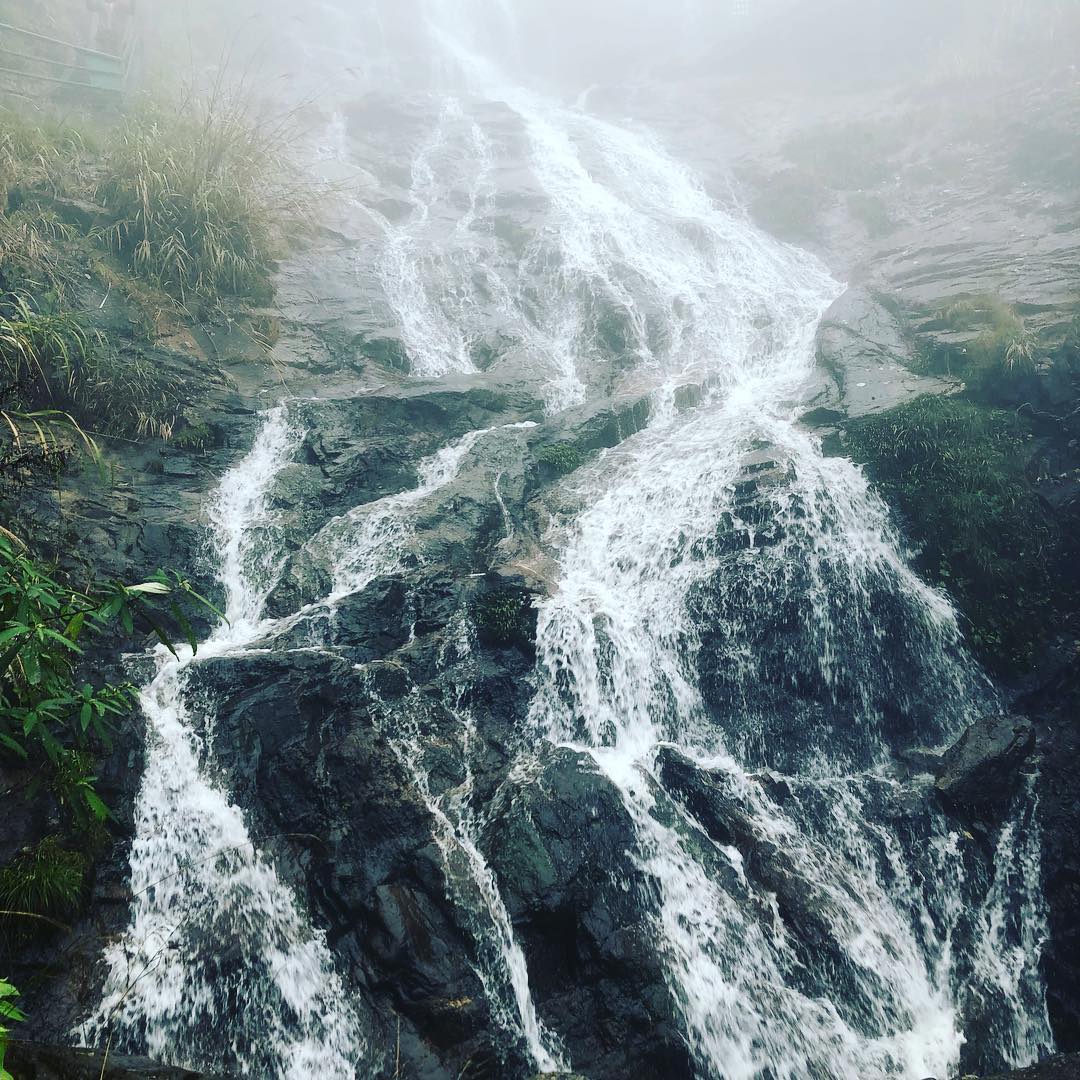
3. Visit Cong troi (Heaven Gate)
Out of the town of Sapa, head the north about 18 km, you will see a road in the middle of the mountain named Tram Ton. The Heaven Gate is on the top of this mountain pass. From the Gate of Heaven, you can see the vast valley below with green fields, roads, the Silver Falls. A photo check-in at the Sky Gate is a must-have one in the travel album of your Sapa tour. For a more detailed guide to how to get there, you can check out out article on "Sapa trekking".

4. Drop by Sapa Muong Hoa Valley - Sapa Ancient Rock Field
Muong Hoa valley is in Hau Thao commune, about 8 km southeast of Sapa town. The Sapa Ancient Rock Field in Muong Hoa between the grass and the terraced fields of the ethnic minority was carved into many different shapes. Hundreds of sandstone carved figures and strange characters that have yet to be fully understood. Today, it is ranked as a national monument, a unique heritage of the ancient Vietnamese. Muong Hoa valley also has a beautiful stream stretching for about 15 km, through Lao Chai, Ta Van, Hau Thao and ending in Ban Ho.

The trekking along Muong Hoa to Lao Chai is included in Day 2 of Inspitrip’s Sapa tour. Lao Chai is the home of the Black H’mong positioned as the beginning of Muong Hoa valley. It offers visitors a fully wide view of stunning Sapa.
5. Visit Hang Tien (Tien Cave)
Boating upstream of Chay River about 6 km, from the center of Bao Nhai commune (Bac Ha district), travelers will go through an ancient citadel to see Hang Tien. When entering the area of Trung Do, the Chay River will crease between the walls of the citadel. On both sides, extensive, primitive forests covering the landscape with a cool atmosphere. Hang Tien is also known as the Halong of Lao Cai, associated with the story of the Ba Co shrine in Bao Nhai commune. Many visitors come here for sightseeing, bathing in Tien stream or wishing for the beauty, health and wealth.
6. Climb Ham Rong mountain for the overview the of Sapa
Observing the town from a 1800m high hut on Ham Rong Mountain is an enjoyable experience that anyone visiting Sapa should try. Moreover, you can see the colorful flower gardens between the small rocky ravine at Thach Lam Garden from Ham Rong Mountain.
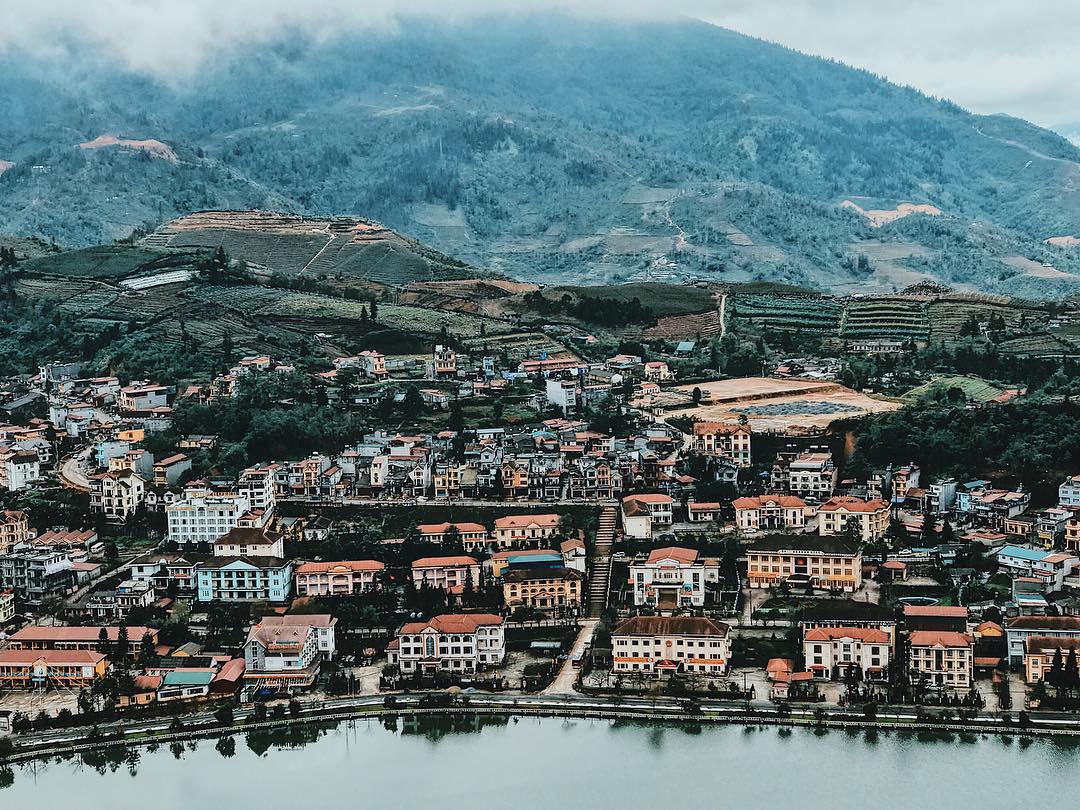
7. Take photos of Coc San
Coc San is a system of waterfalls and caves of different size, located 7km from Lao Cai city. From National Highway 4D, there is a small road about 1 km long leading to Coc San. The road to Cang San is very winding, dark and covered by boulders that keeps Coc San's natural beauty natural as an untouched condition. Especially, in every bend of a waterfall in Coc San, after the water poured down from above, it is usually a cave preserving many mysteries of nature.
8. Take a walking tour to Sapa town
Sapa is one of the longest walking destinations in the world. In the common Sapa tour, you will have to walk a dozen kilometers from morning to afternoon to go through towns, villages, rice fields, small streams, bridges... The advantage of this form of tourism is that you can observe and learn more about the life and culture of the locals. However, make sure you are strong enough to conquer the long list of attractive towns from Cat Cat village, Muong Hoa valley, Ta Van to Ta Phin...

Obviously, your Sapa tour will be more smooth with the guide of locals. Sapa has many trekking tours to satisfy all travelers whenever they are the cultural enthusiast or the nature lover. Choose a routine and pick up the luggage, the breathtaking Sapa trekking trails with a local H'mong are waiting for you to join.
9. Go to Bac Ha fair market
Bac Ha is the largest trading fair in the border area, about 60km from Lao Cai. The market is open every week, attracts crowds of locals and travelers to join. But Bac Ha fair is mainly the trading place of ethnic minority people from nearby villages. The booths display all the essential items such as clothes, shoes, shovels and belongings. In Bac Ha fair, you can feel the real atmosphere of local markets and buy many gifts at cheap prices.
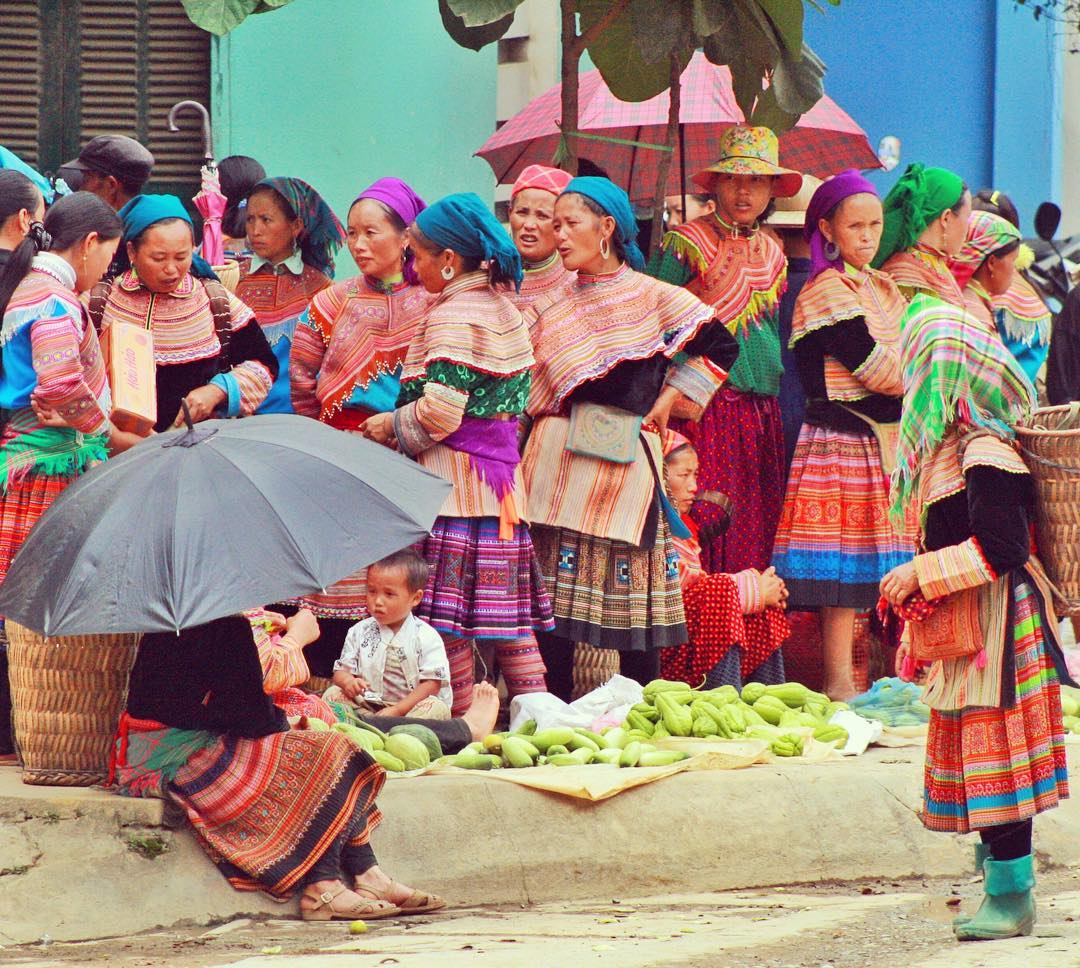
10. Visit the mountain villages
Cat Cat village
An ancient village of the Mong people preserved traditional handicraft like planting and weaving. Now, it is known as Cat Cat tourism area, located about 3km from the north of Sa Pa town.
Ta Phin village
Ta Phin has beautiful natural scenery and many cultural features of ethnic Red Dao people with brocade. You can pay a visit to the nearby Ta Phin Cave. There are many interesting stalactites describing the dancing fairies, the sitting elves or sparkling fields and forest... in the cave.
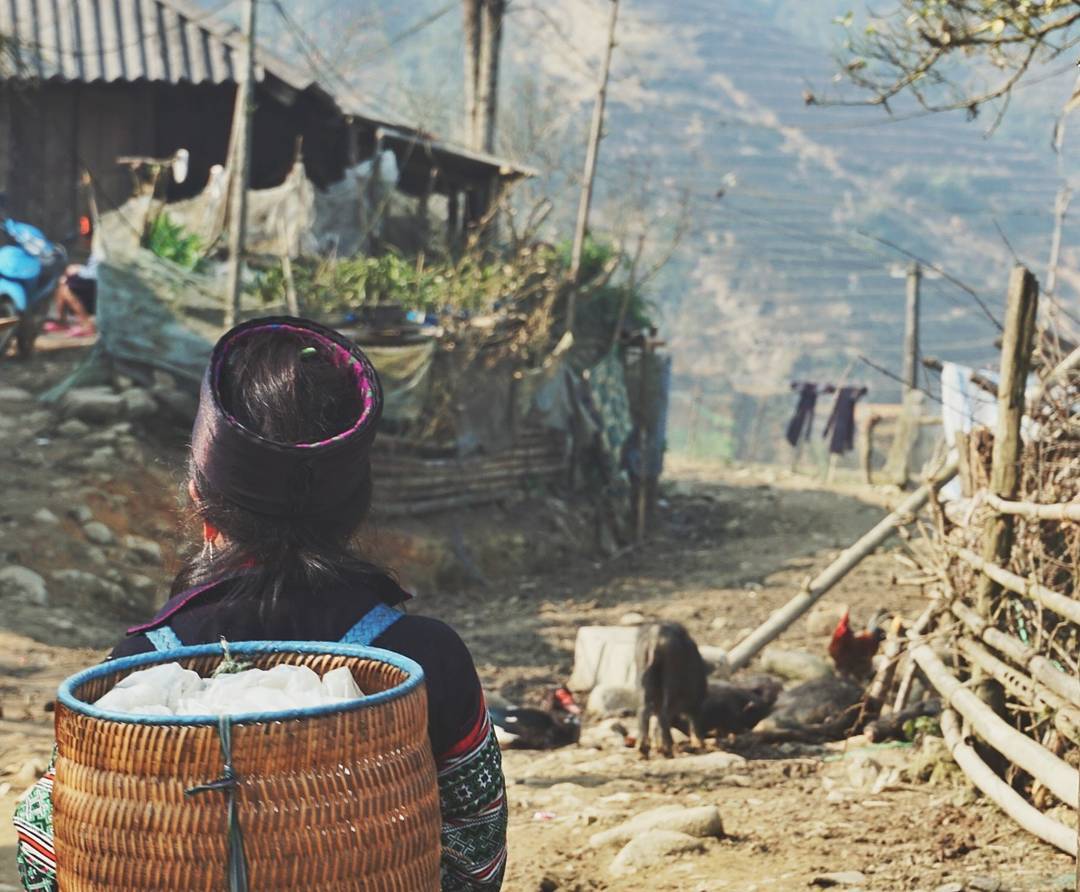
Ta Van village
Following the Highway 4D to the southeast, about 8 km from Sapa town, you will arrive in Ta Van Giay village. Travelers will have the opportunity to learn more about the lifestyle of the Giay. Moreover, two sides of the road are fertile terraced rice fields with blue corn, which is suitable for tourists who love capturing colorful photographs.
Sin Chai village
Sin Chai village of San Sa Ho commune, located about 4km from the center of Sapa town, is an unpopular destination with outsiders that help it remains the original wilderness.
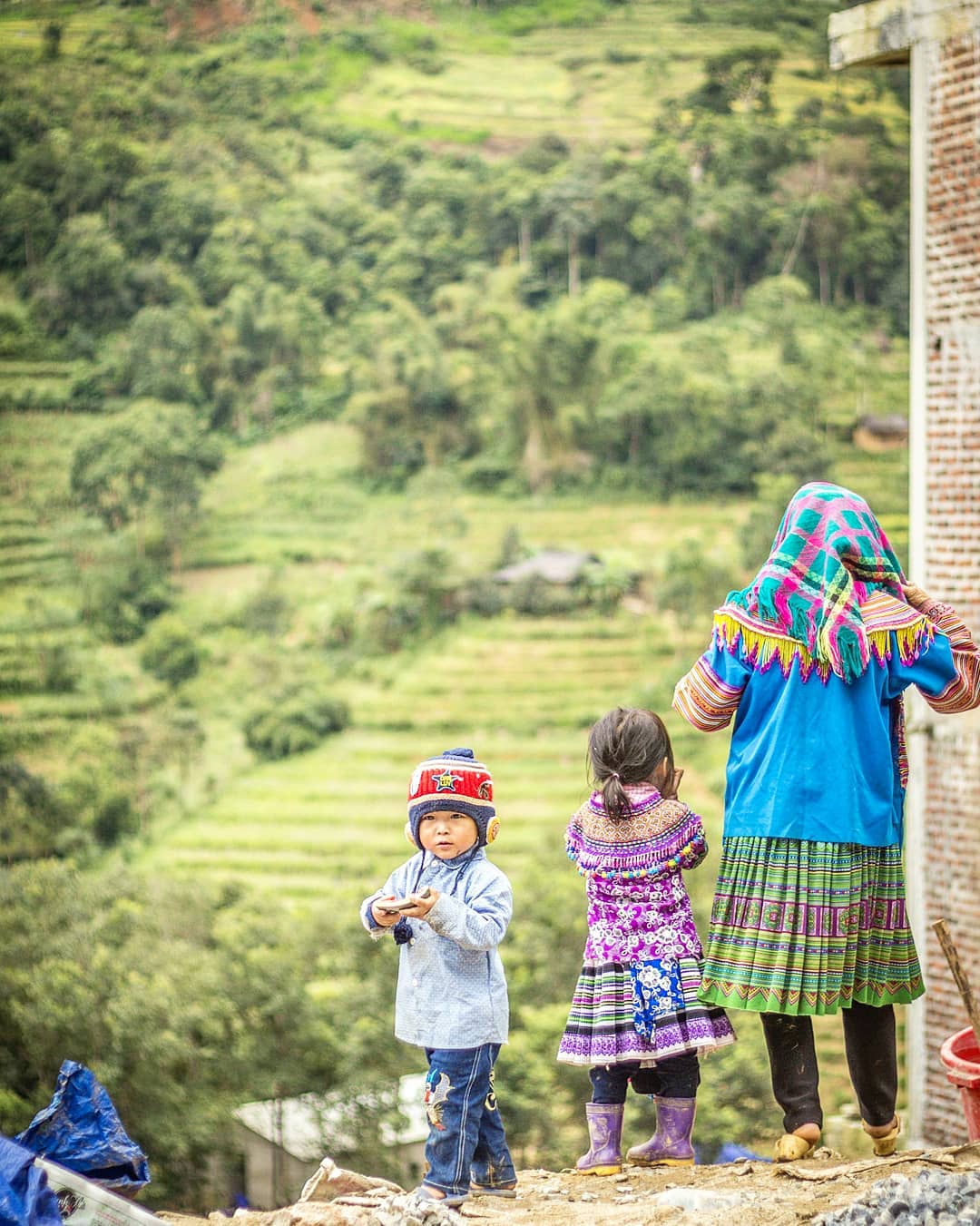
Apart from planting upland rice and hybrid maize, Sin Chai villagers also plant cardamom on the slopes. Planting is a great source of income in this ancient valley.
11. Enjoy the festivals
In the year-end tourist season, you have the opportunity to participate in local festivals of Sapa.
Roong Pooc Festival of Giay people
On the Dragon day of the first lunar month, the Giay people in Ta Van organize a festival to pray for bountiful harvests, good weather, and peaceful life. It is still a traditional national festival of Giay Tu Van, but for many years it has become the festival of Muong Hoa valley. In addition to the unique rituals, there are games, dancing stages and folk music performances.
Nao Cong Festival
On the Dragon day of the sixth lunar month, the Mong, the Dao, the Giay Muong Hoa people gather in the shrine at Ta Van village to celebrate Nao Cong Festival. Each family will appoint a representative to join regardless of gender or age. They will pray the gods for peace and good harvests. In addition, during the festival, the head will announce the general conventions.

Tet Nhay Festival
Tet Nhay Festival is an important and well-prepared festival of Dao Ta Van people, usually held on the first or second lunar year. The main content of the ceremony is the prayer of life and spirit. The ritual activities during the Tet holiday are unique with 14 dances of some selected young men, or unique rituals performed by the priest.
Nhan Song and Nao Song Festival
It’s the festival of the Red Dao people in Giang Ta village that highly educated the villagers in supporting the prevention of forest destruction. Nowadays, Dao people only hold Nhan Song Festival in the year when the forest is destroyed seriously or when the fields are ruined by cattle. At the festival, the head manager of the forest chosen by the villagers will announce laws to prevent deforestation and punish those who violate them. After the villagers have finished discussing, the leaders will compile into the convention, then followed by the participants.
12. Stay in a homestay
Sali House
Sapa homestay is highly recommended for those who want to indulge themselves into the intact nature and local life on highlands to the fullest. It is only 20 minutes to drive from Sali House at the end of Ta Van village to Sapa. At any location of the homestay, you can also have a great view of Sapa’s nature. You can explore the 2,500-year-old ancient rocks discovered by the French-American Indochinese Victor Goloubev in 1923, about 10 minutes by walking from Sali House. After a day of hard work, travelers can relax with foot massage services by the ethnic people at here. Phone number: 086 846 50 85
Phori's House
Phori's House is a beautiful little house located in Ta Van village, about 10 km from Sapa town. On a sunny day, visitors usually sit on the rocks next to the stream in front of the house to read books or take pictures. In the afternoon, you can walk a little higher and sit in the fields to watch the sunset. Phone number: 0906231047
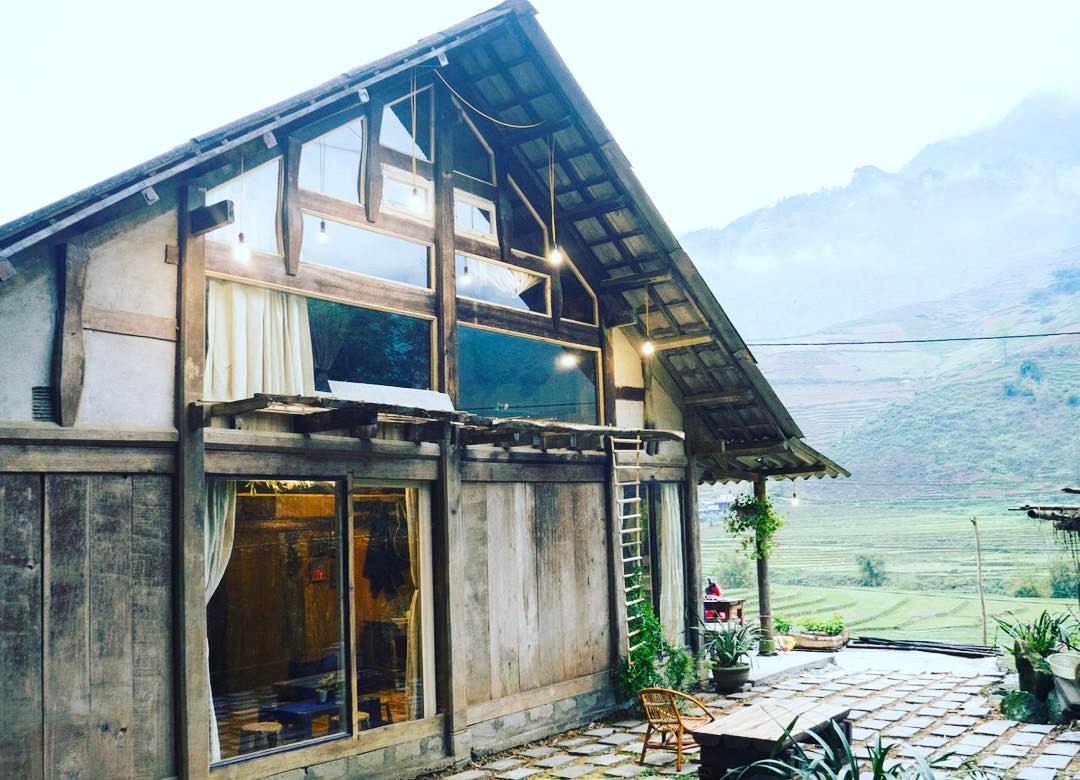
The Haven Sapa Camp Site
The Haven is located on the road to Cat Cat, about 2km from the center, so it is very convenient if you want to walk to the town. Because this homestay on Vong Canh Hill, you should be able to see panoramic view of Sapa with beauty from every corner of The Haven.
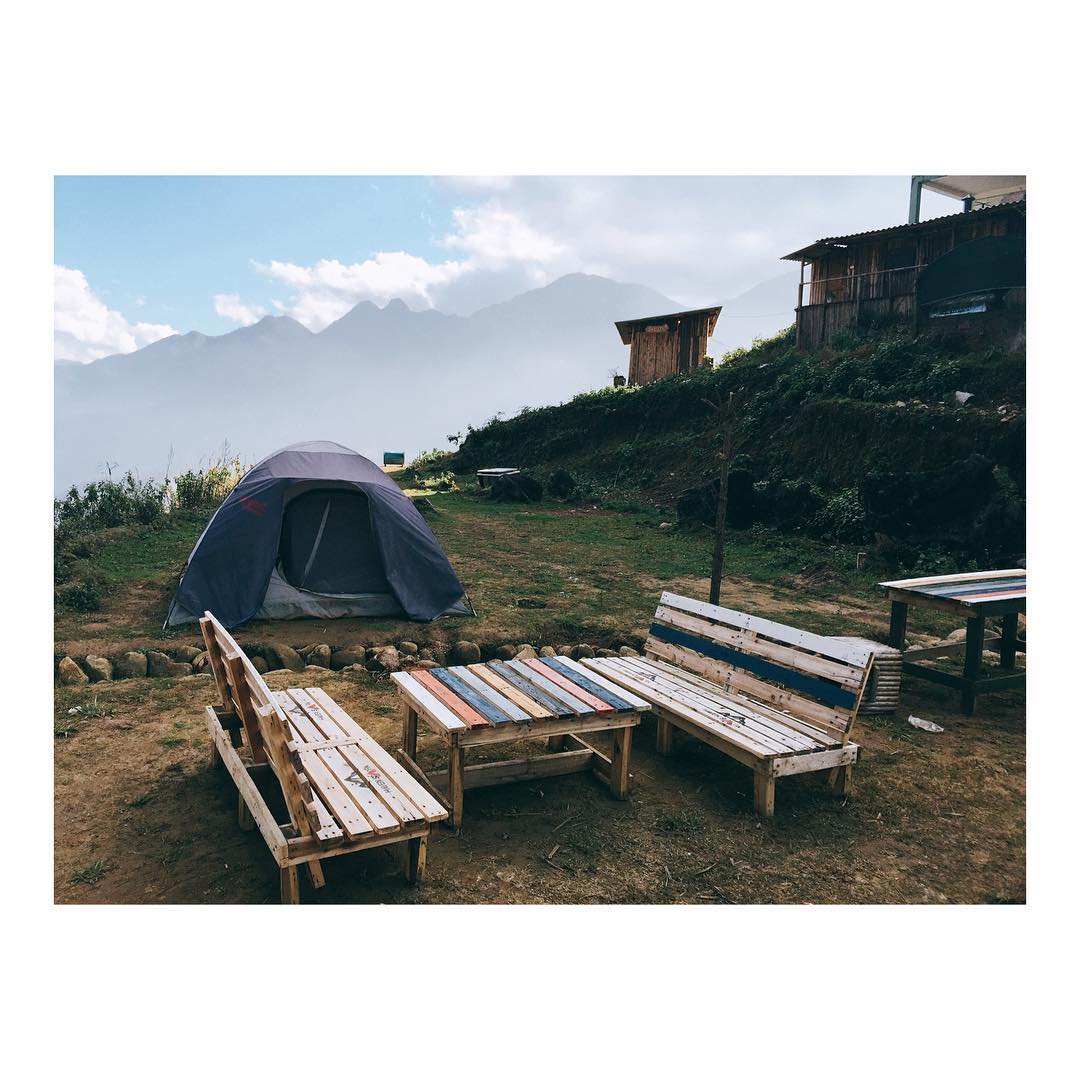
The Haven has 2 dorm rooms with 30 beds. The room rate is about 150,000 VND/person/night including breakfast. There is also an Outdoor Bar & Camp Site (outdoor bar and camping area); 360 Lounge (bar with 360 ° views on the hilltop of Muong Hoa valley), Cinema & BBQ Terrace and Haven Restaurant. Phone number: 0936951725 – 0961460566
13. Try the local food
Breakfast: The chicken noodle soup sold in front of the town bus station or in Sapa market has quality at a reasonable price. Lunch - Dinner: Two restaurants introduced by many indigenous people is Dung or Hoa Dao, or a series of restaurants on the side of Sapa church. Sapa vegetable dishes are a must-try for tourists, they are especially fresh and clean. In the evening, you can order chicken hot pot dishes with fresh vegetables. Overnight meals and snacks: Eat the night, snack on grilled dishes like grilled eggs, grilled meat on the sidewalk near the church on the way to Ham Rong Mountain.
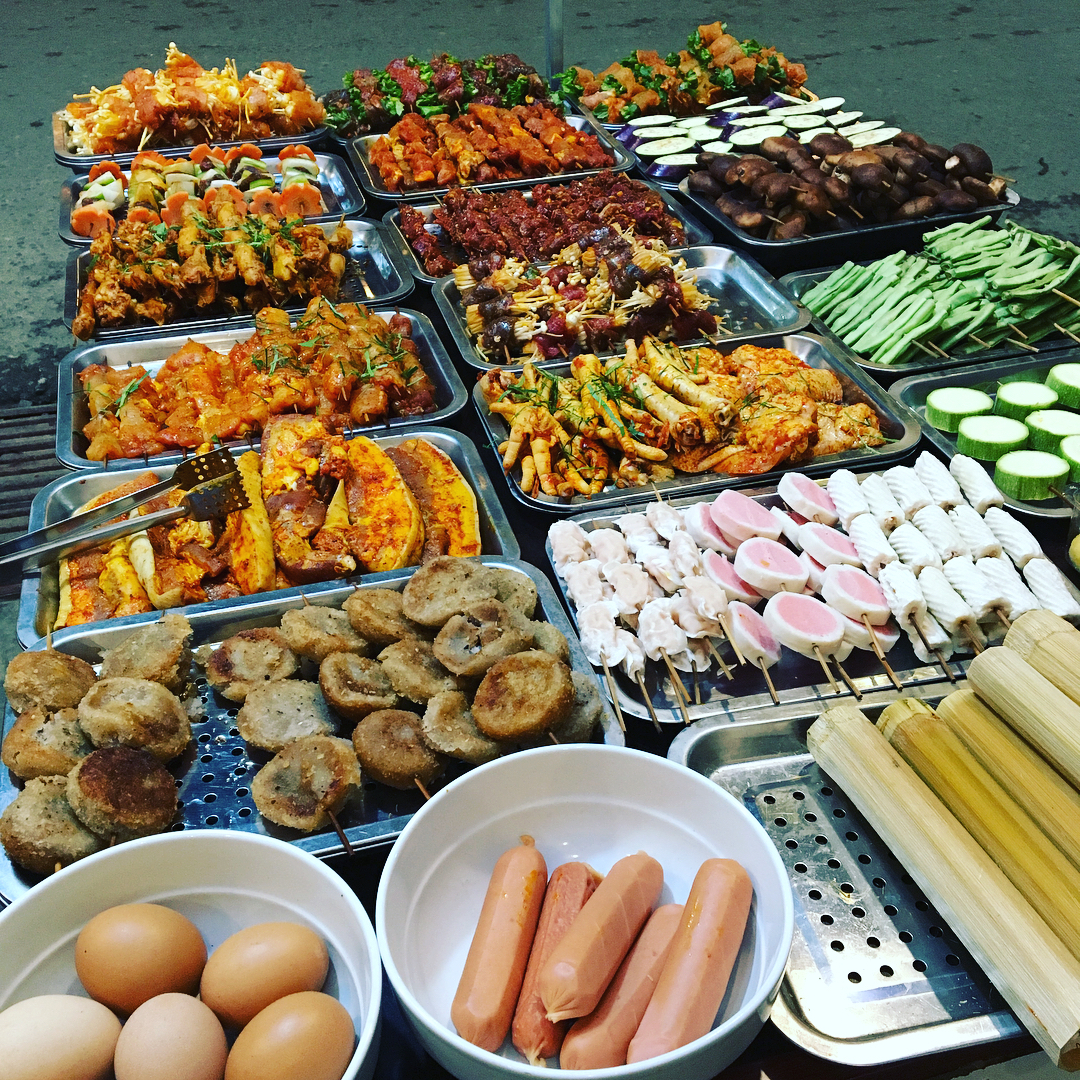
You can try the most popular dishes such as Lon Cap Nach. It is a Mong people’s special breed of pig fed with potato and cassava, usually having a weight of 5-8 kg. The meat can be marinated for grilling or roasting, sipping with a little bit of apple cider on fire. Dishes made from salmon or sturgeon are also worth a try. As they are raised in lakes and streams in the mountains, their meat has a different taste than others.
14. Enjoy coffee in Sapa
There are many cafes in Sapa but Cau May street and its romantic European style has the most beautiful view. Enjoy a cup of hot coffee in the cold mist, and experience Sapa’s upland life. You can visit noteworthy coffee shops such as Zdao coffee on 06 Thach Son, Café Nhan, Café Cong with outstanding architecture. If you like the exciting atmosphere, you can visit some bars such as Táu Bar, Delta Bar, Royal Bar, Valley View Bar in Cau May, Bamboo Bar, Mountain Bar & Pub, H'mong Sister Ba in Muong Hoa, Gecko Sapa Bar in Ham Rong...
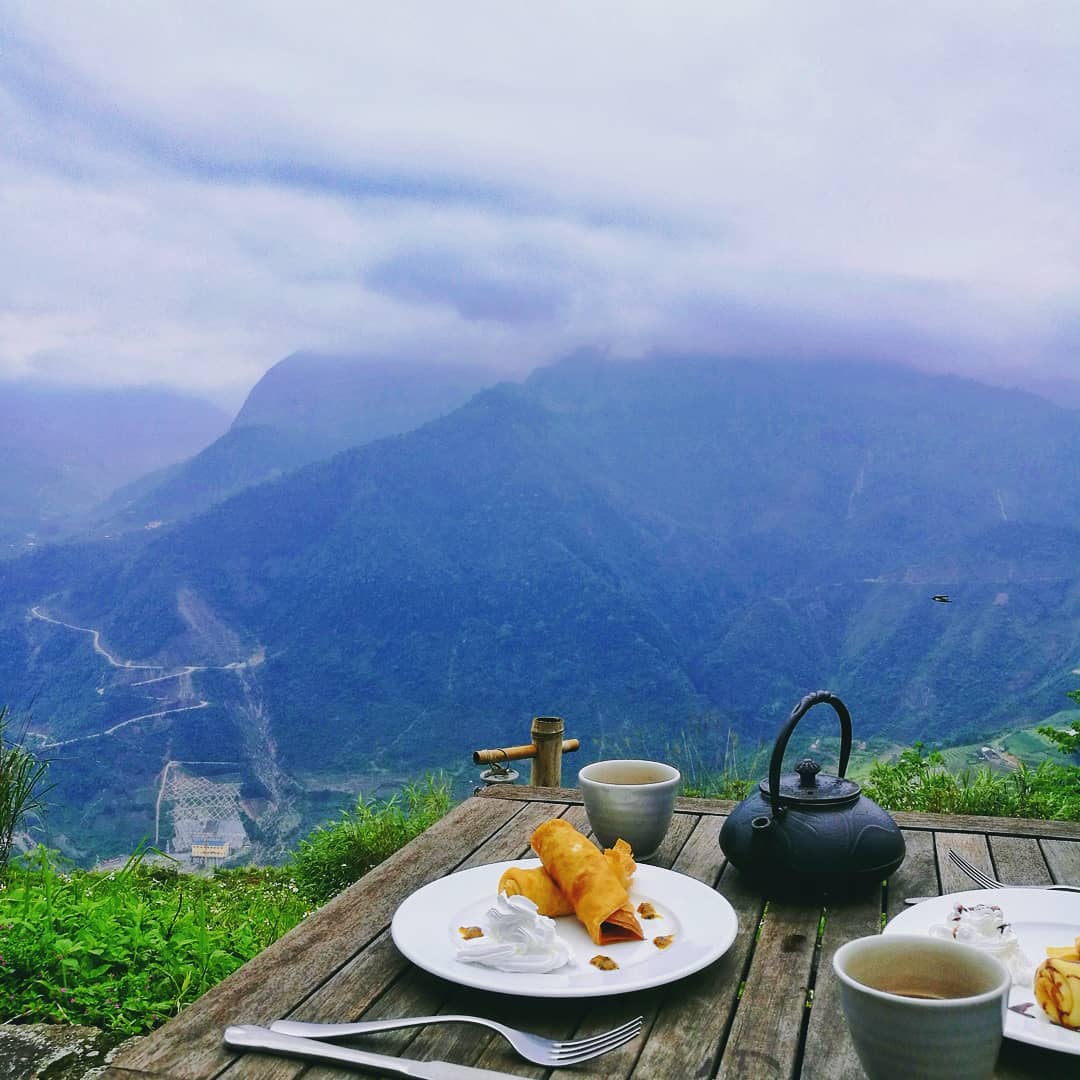
15. Buy souvenirs
Brocade: Choose decorative brocade or items with brocade materials such as scarf, bag, backpack, pillowcase, skirt, dress, blanket... Cau May street has some potential shops for travelers like Nguyen Lang Van shop, Hue Silk shop, Pho Nui Sapa brocade shop, Lan Rung Sapa brocade shop...

At a small corner on its 2nd floor, Sapa market also sells many kinds of brocade of ethnic people with many patterns of Mong people. If you’re interested in H’mong customers with brocade, the first route in Inspitrip tour with local is a good choice. Medicinal herbs: It’s easy to find medicinal substances such as licorice, lotus seeds, honey, Lingzhi mushrooms... in traditional medicine shops. Souvenirs: You can buy some jewelry made of gold, silver or handicrafts in shops on Cau May, Muong Hoa, Phan Si Pang like Viet Silver, Muong Hoa Shop, Sapa Silver, Woodcarving Shop...
Last but not least, choose the best season for your travel plan
Sapa has a cool climate with a variety of nuances. Located at an altitude of 1,500m - 1,800m, Sapa is quite similar to Temperate Zone with the average temperature of 15-18 ° C. From May to August, Sapa rains a lot. At the end of the year, when the winter comes, the temperature in Sapa can drop below 0 degrees, sometimes with snow. The best time to travel to Sapa is from September to November or from March to May. The weather is quite stable with sunny days, cold nights. April - May is the time when ethnic minority people transplant rice on terraced fields. Moreover, many kinds of flowers in mountains will bloom at this time adding to the beauty of the yellow fields to offer visitors the most beautiful photos. September to October is the harvest season that covers Sapa with the yellow of the rice field. If you want to observe this scene, you should visit Sapa in the middle or late September because some villages have already finished harvesting by October. But in these months, tourists to Sapa are crowded as service prices soar. The weather is very cold from December to February, sometimes it comes with snow. This is also the bloom season of cherry blossom, suitable for honeymoons. The weather is an important factor influencing Sapa tour because of seasonal changes to the scenery: You can not see the white snow cover the hills at the same time as the harvest comes in. So, you need to decide what you expect from the journey to choose the best suitable season. 15 amazing things Inspitrip recommends above would be potential suggest. Of course, the simple solution for most visitors is to choose a native guide who knows everything about Sapa, helping you to discover the beauty of nature and culture more easily.